|
I completed my Ph.D. with a double major in Structural Engineering and Computer Science from Michigan State University. Currently, I am employed at Eaton Corporation as a Machine Learning and Digital Design Engineer. My primary focus involves developing Reduced Order Models (ROM) to reduce the computational cost of high-fidelity models. Email / Google Scholar / Twitter / Github / Linkedin Research Interests: Machine Learning, Deep Learning, Physics Informed Neural Network, Finite Element Analysis, Structural Health Monitoring, Reduced Order Models, Digital Twin |

|
|
|
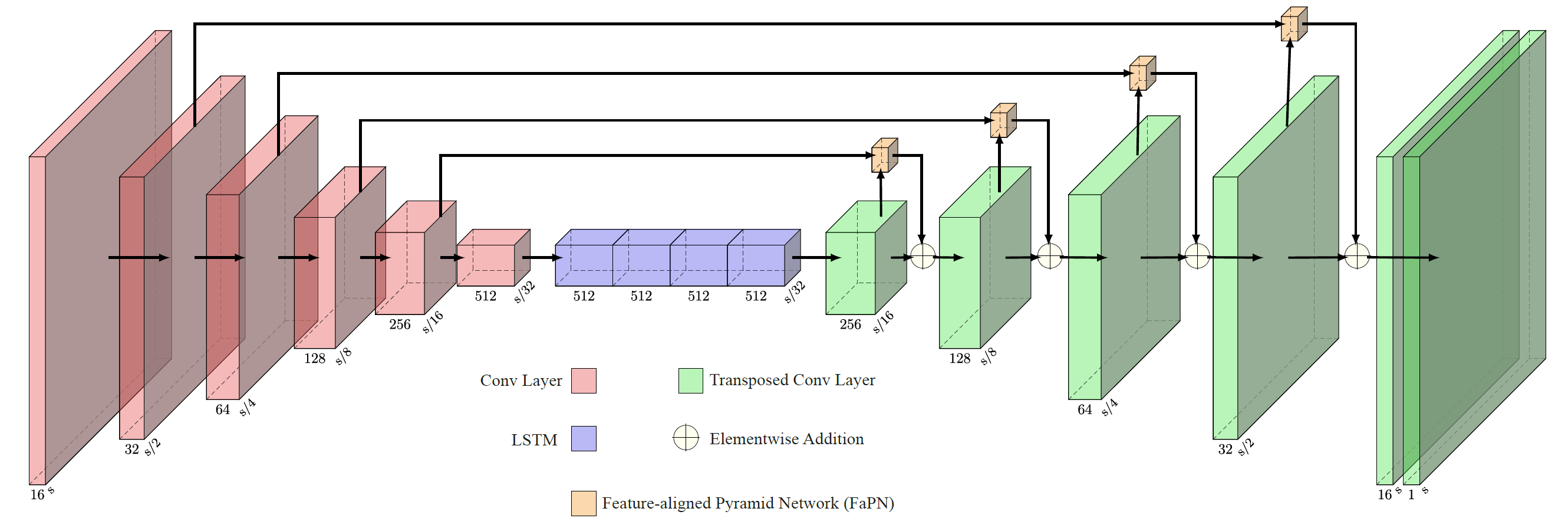
|
Hamed Bolandi, Gautam Sreekumar, Xuyang Li, Nizar Lajnef, Vishnu Boddeti Arxiv, 2023 We develop Neuro-DynaStress, to predict the entire sequence of stress distribution based on finite element simulations using a partial differential equation (PDE) solver. The model was designed and trained to use the geometry, boundary conditions and sequence of loads as input and predict the sequences of high-resolution stress contours. The proposed framework’s performance is compared to finite element simulations using a PDE solver. |

|
Hamed Bolandi, Gautam Sreekumar, Xuyang Li, Nizar Lajnef, Vishnu Boddeti Applied Intelligence, 2023 In this paper a Physics Informed Neural Network (PINN), PINN-Stress model, is proposed to predict the entire sequence of stress distribution based on Finite Element simulations using a partial differential equation (PDE) solver. Using automatic differentiation, we embed a PDE into a deep neural network’s loss function to incorporate information from measurements and PDEs. The PINN-Stress model can predict the sequence of stress distribution in almost real-time and can generalize better than the model without PINN. |
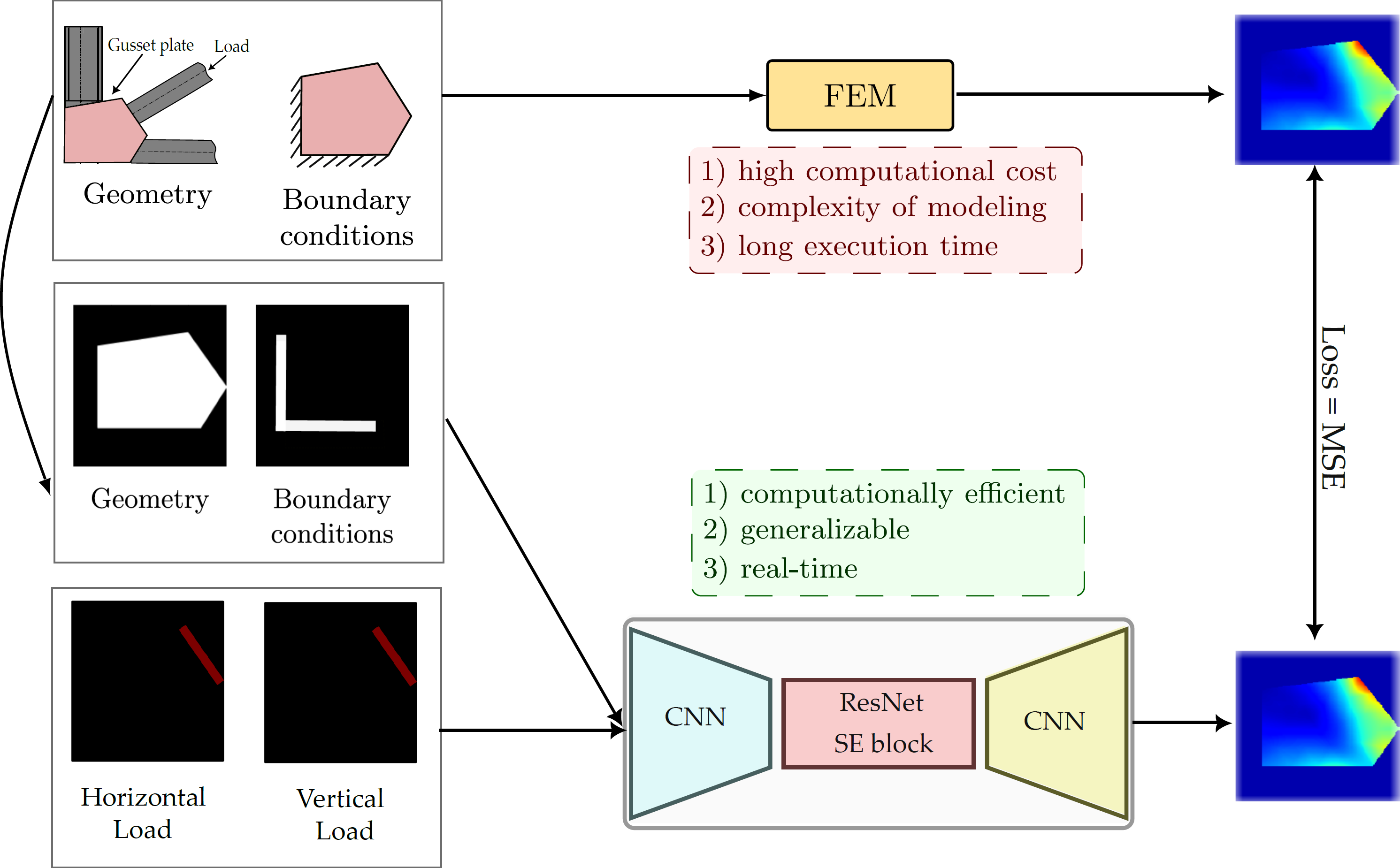
|
Hamed Bolandi, Xuyang Li, Talal Salem, Vishnu Boddeti, Nizar Lajnef FCSE, 2022 We proposed deep neural networks in the form of convolutional neural networks (CNN) to bypass the FEA. The model is able to predict high-resolution stress distributions on loaded steel plates with variable loading, geometries and boundary conditions. The proposed technique’s performance was compared to Finite-Element simulations using a partial differential equation (PDE) solver. The trained DL model can predict the stress distributions with a mean absolute error of 0.9% and an absolute peak error of 0.46% for the Von-Mises stress distribution. |
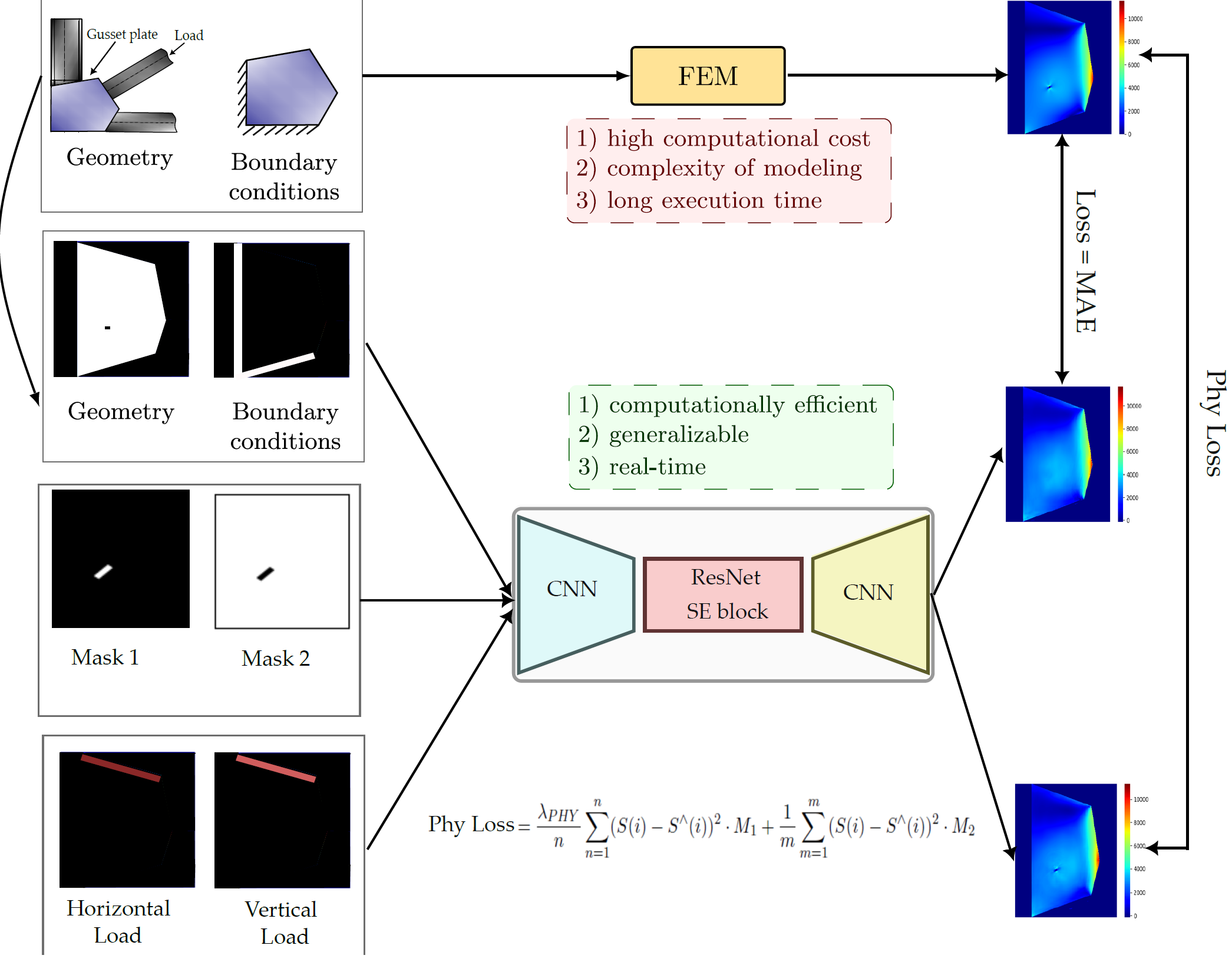
|
Hamed Bolandi, Xuyang Li, Talal Salem, Vishnu Boddeti, Nizar Lajnef ADES, 2022 This paper aims to integrate physics knowledge into a convolutional neural network (CNN) to boost learning within a feasible solution space in a specific domain. Our proposed method uses deep neural networks in the form of (CNNs) augmented with custom loss functions which uses physics rules to bypass the need for Finite Element Analysis and predict high-resolution stress distributions on damaged steel plates with variable loading and boundary conditions. We embedded physics constraints into the loss function to enforce the model training, precisely capturing stress concentrations around the tips of various structural damage configurations. |
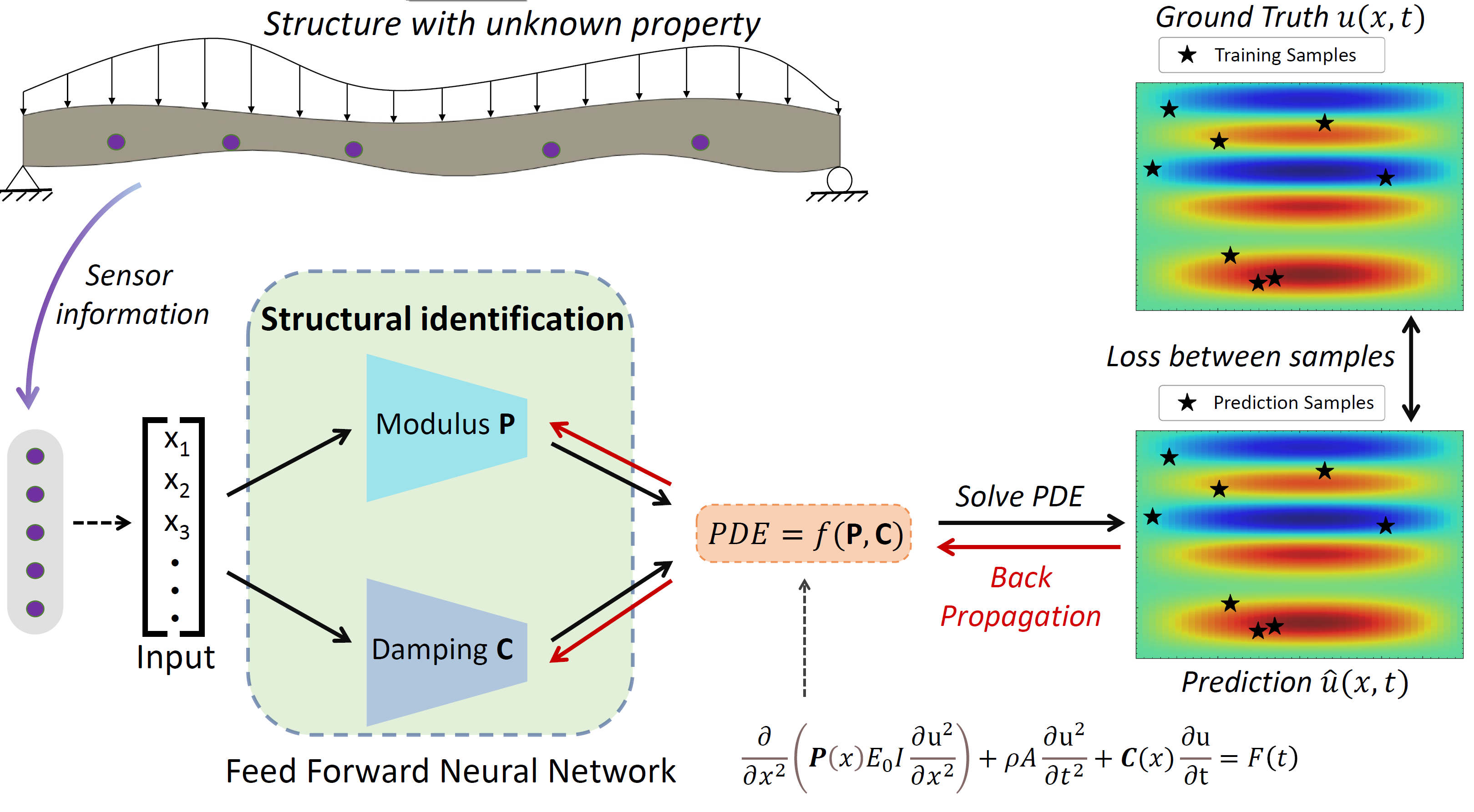
|
Xuyang Li, Hamed Bolandi, Talal Salem, Nizar Lajnef, Vishnu Boddeti ECCV, 2022 We develop a new framework, dubbed NeuralSI, for structural identification by augmenting PDEs that govern structural dynamics with neural networks. Our approach seeks to estimate nonlinear parameters from governing equations. We consider the vibration of nonlinear beams with two unknown parameters, one that represents geometric and material variations, and another that captures energy losses in the system mainly through damping. The trained model can also be extrapolated under both standard and extreme conditions using the identified structural parameters. We compare with pure data-driven Neural Networks and other classical Physics-Informed Neural Networks (PINNs). Our approach reduces both interpolation and extrapolation errors in displacement distribution by two to five orders of magnitude over the baselines. |
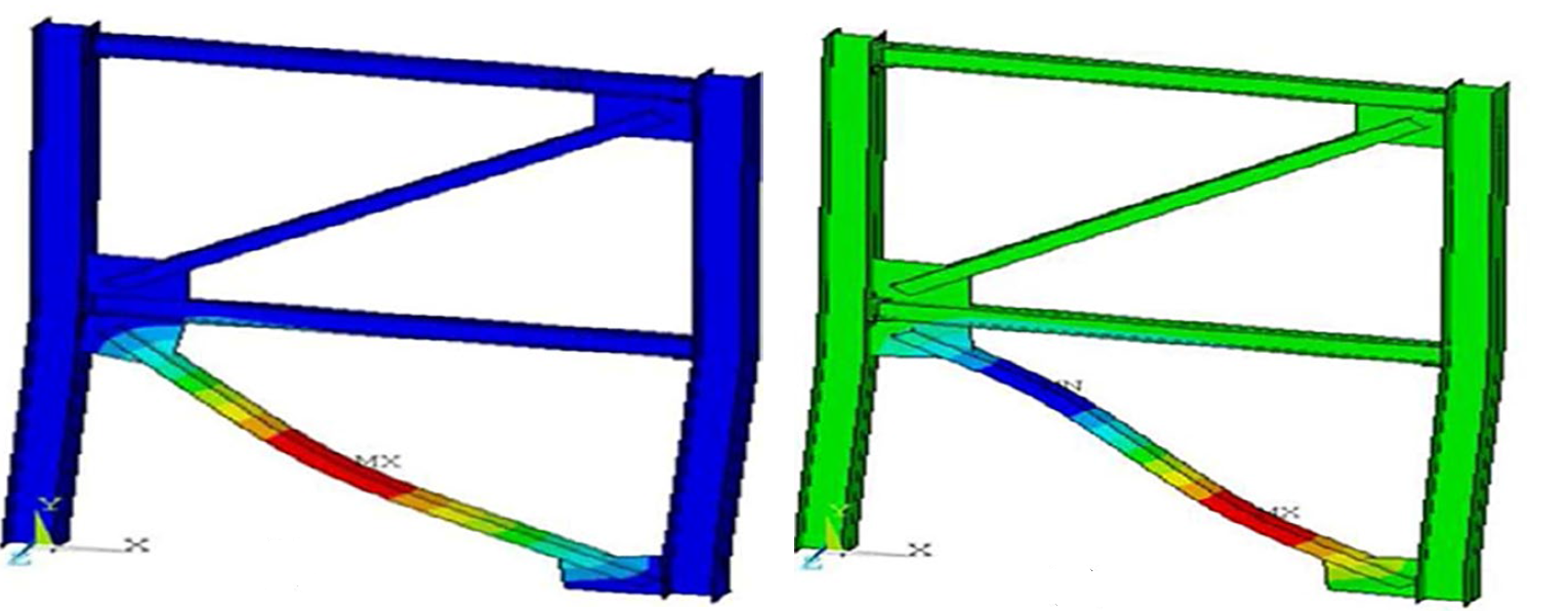
|
Hamed Bolandi, Seyed Mehdi Zahrai IJSS, 2018 We prpose a Finite Element Model for evaluation of lateral performance of Concentrically Braced Frames (CBFs), assembled with unwanted out-of-plane eccentricity at the connection of their braces. Nonlinear analyses are performed on one-bay, two-story steel single diagonal CBF. Satic pushover and cyclic analyses are carried out to show the impact of such out-of-plane eccentricity. The results indicate that constructional defect due to out-of-plane eccentricity decreases the maximum strength of the frame compared to a perfect model. Applying cyclic loads to the eccentric model leads to a decrease in energy dissipation. We deomnstrate that adding web stiffeners to column of eccentric models is effective to compensate the strength loss. |
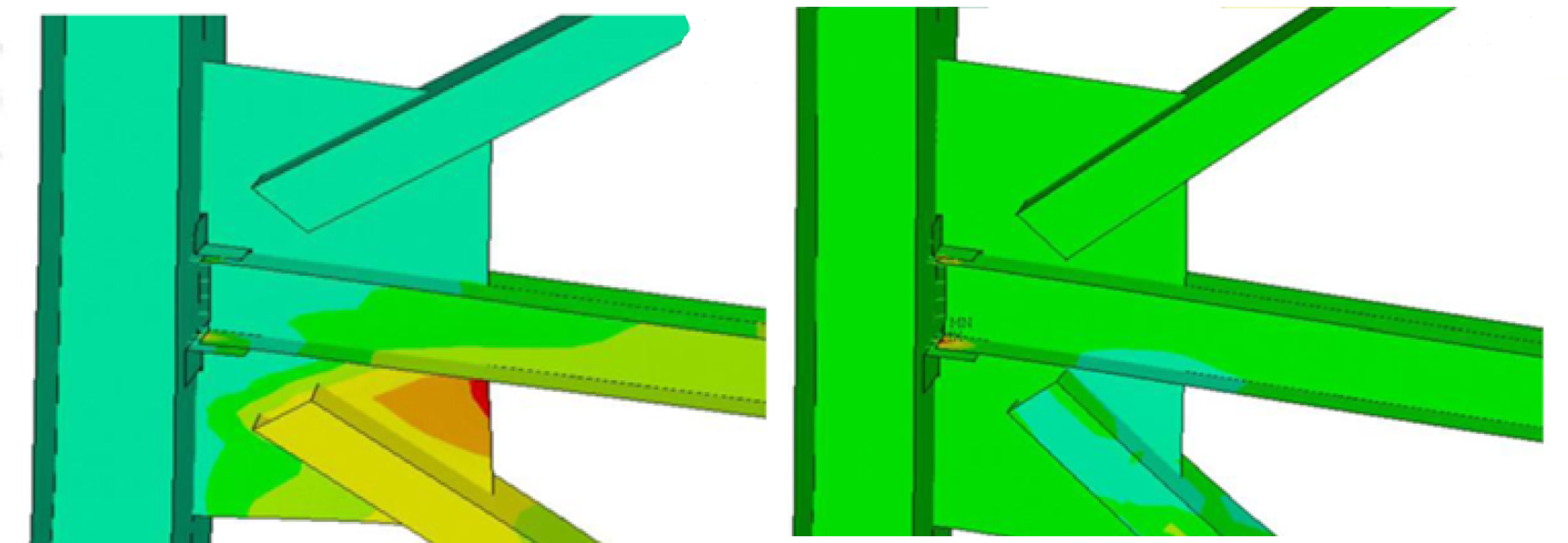
|
Hamed Bolandi, Seyed Mehdi Zahrai KSCE, 2014 We conduct a Finite Element Analsys to analyse the perfomance of Concentrically Braced Frames (CBFs) having in-plane eccentricities at the connection of their braces. We use ANSYS to simulte non-lineararity of a single bay, two-story steel frames with single diagonal concentric braces. Static pushover analyses is carried out to show the impact of eccentricity values. Results show no safe region exists for in-plane eccentricity in columns since the strength loss may be significant. Stiffeners are recommended in column web to reduce the strength loss. The stiffeners impact is less in strength loss but high in plastic strain developed in the critical region. Our results demonstrate that eccentricities have positive or negative effects on seismic behavior depending on the geometric properties of the frame, type of eccentricity and bracing configuration. |
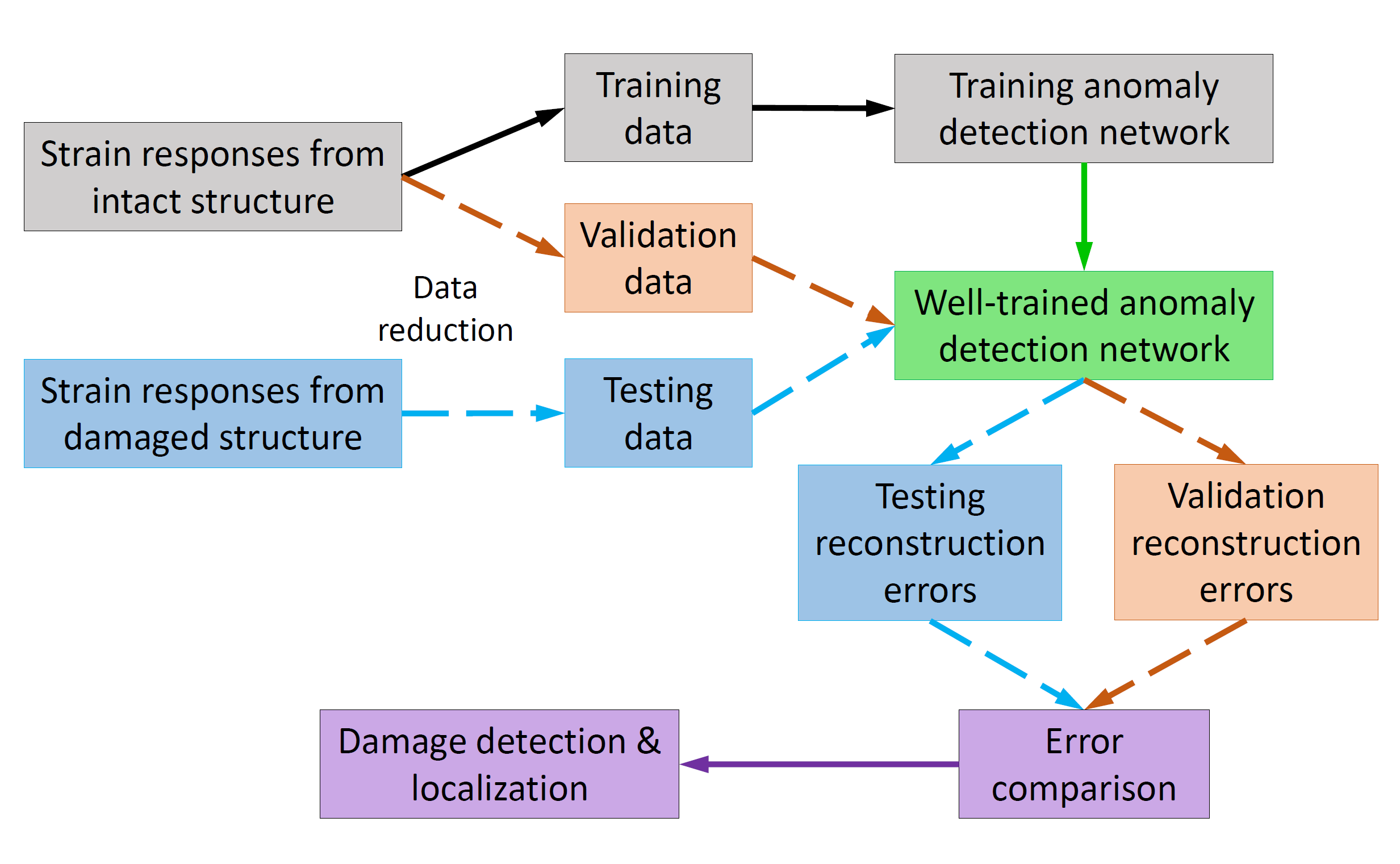
|
Xuyang Li, Hamed Bolandi, Talal Salem, Vishnu Boddeti, Nizar Lajnef SAMSIS, 2022, best student paper award We propose a novel anomaly detection approach focusing on structural components which do not have a baseline model and with complex boundary conditions that cannot be built into a finite element or a digital twin model. The approach uses only sensor-collected compressed response distribution data to detect and localize changes in boundary conditions under extreme loading events. The developed methods use unsupervised anomaly detection networks combined with novel data compression algorithms. This study improved the deep learning network performance by incorporating mechanics-based loss functions into the network, fed with experimental data obtained from the distributed sensors installed on the structural element. Results show that the mechanics-based modified loss function significantly improves the identification and localization abilities of boundary condition anomalies and eliminates undesired factors and false predictions. |

|
Hamed Bolandi, Nizar Lajnef, Pengcheng Jiao, Kaveh Bari, Hassene Hasni, Amir H. Alavi Sensors, 2019 This paper proposes a novel concept based on the probability theory for data reduction in SHM systems. The beauty salient feature of the proposed method is that it alleviates the burden of collecting and analysis of the entire strain data via a relative damage approach. In this methodology, the rate of variation of strain distributions is related to the rate of damage. To verify the accuracy of the approach, experimental and numerical studies were conducted on a thin steel plate subjected to cyclic in-plane tension loading. The results show that the presented technique can efficiently detect damage progression. The damage detection accuracy can be improved by increasing the predefined strain levels. The proposed concept can lead to over 2500% reduction in data storage requirement, which can be particularly important for data generation and data handling in online SHM systems. |
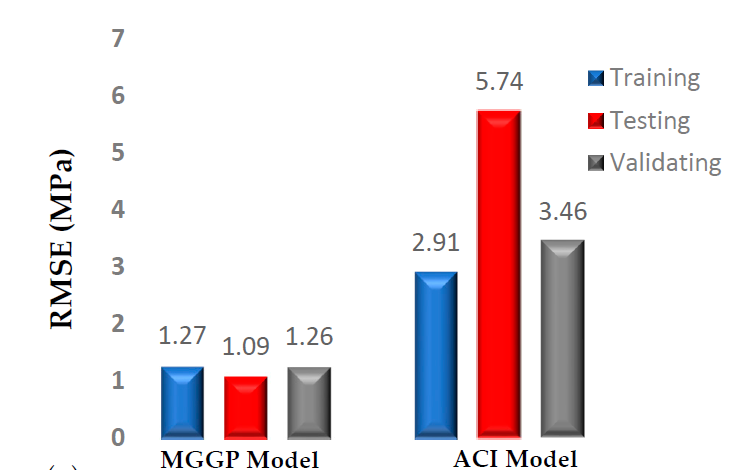
|
Hamed Bolandi, Wolfgang Banzhaf, Nizar Lajnef, Kaveh Bari, Amir H. Alavi Technologies, 2019 This paper presents a soft computing method called multi-gene genetic programming (MGGP) to develop an intelligent prediction model for the bond strength of FRP bars in concrete. The main advantage of the MGGP method over other similar methods is that it can formulate the bond strength by combining the capabilities of both standard genetic programming and classical regression. The proposed MGGP model accurately predicts the bond strength of FRP bars in concrete. The newly defined predictor variables were found to be efficient in characterizing the bond strength. The derived equation has better performance than the widely-used American Concrete Institute (ACI) model. |
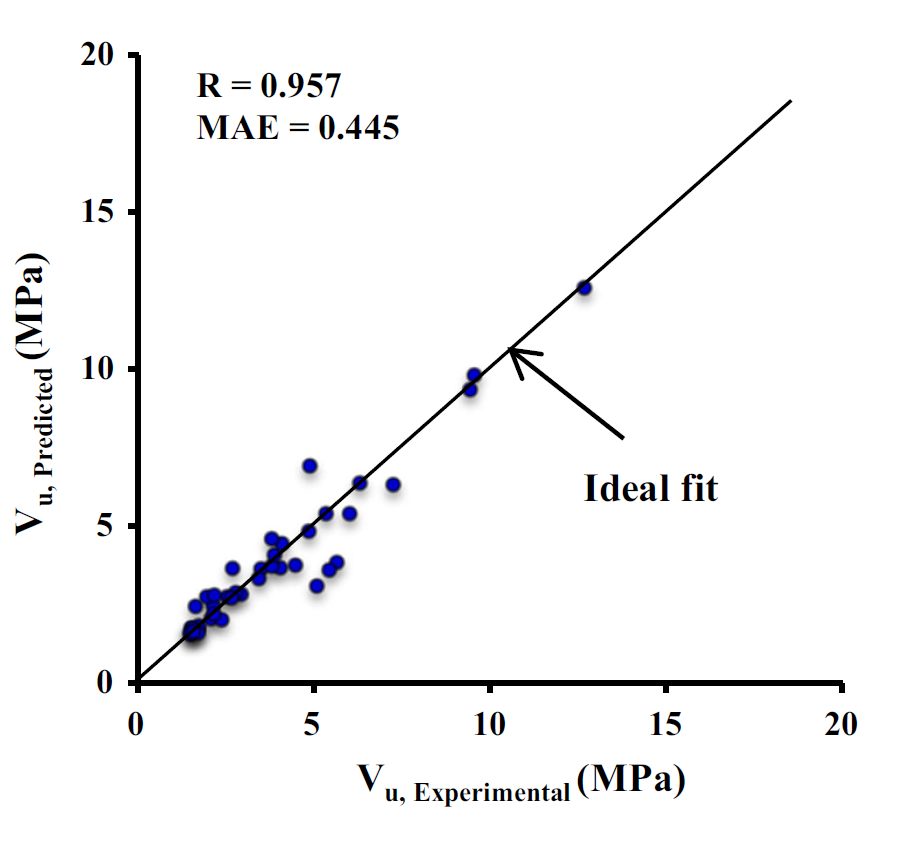
|
M Sarvaghadi , Amir H. Gandomi, Hamed Bolandi, Amir H. Alavi Neural Computing and Applications, 2019 In this study, new design equations were derived for the assessment of shear resistance of steel fiberreinforced concrete beams (SFRCB) utilizing multi-expression programming (MEP). The superiority of MEP over conventional statistical techniques is due to its ability in modeling of mechanical behavior without a need to predefine the model structure. The MEP models were developed using a comprehensive database obtained through an extensive literature review. New criteria were checked to verify the validity of the models. A sensitivity analysis was carried out and discussed. The MEP models provide good estimations of the shear strength of SFRCB. The developed models significantly outperform several equations found in the literature. |
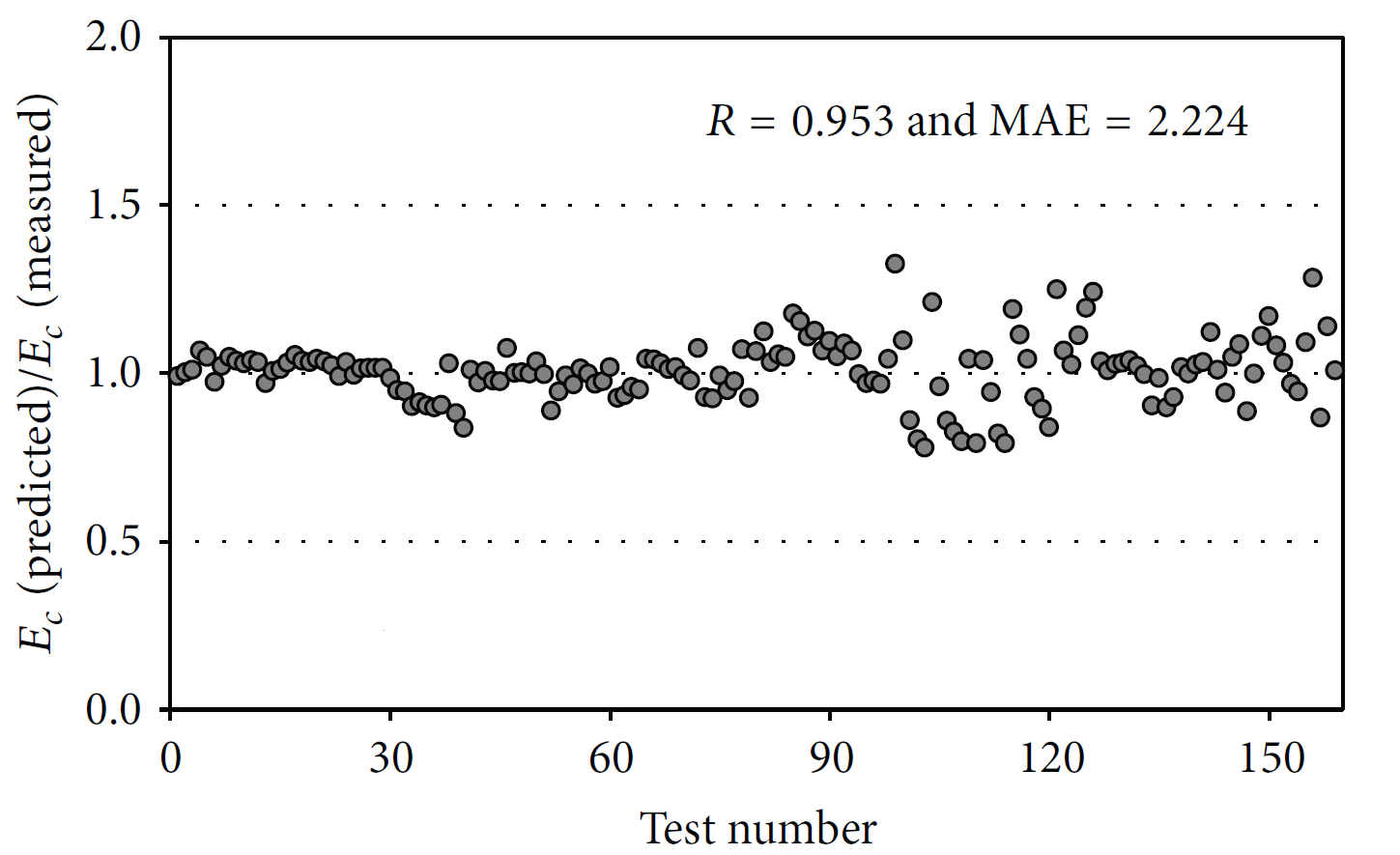
|
Alireza Mohammadi , Gai-Ge Wang, Hamed Bolandi, Amir H. Alavi, Amir H. Gandomi Mathematical Problems in Engineering, 2014 This paper presents a new multigene genetic programming (MGGP) approach for estimation of elastic modulus of concrete. The MGGP technique models the elastic modulus behavior by integrating the capabilities of standard genetic programming and classical regression. The main aim is to derive precise relationships between the tangent elastic moduli of normal and high strength concrete and the corresponding compressive strength values. Another important contribution of this study is to develop a generalized prediction model for the elastic moduli of both normal and high strength concrete. Numerous concrete compressive strength test results are obtained from the literature to develop the models. A comprehensive comparative study is conducted to verify the performance of the models.The proposed models perform superior to the existing traditional models, as well as those derived using other powerful soft computing tools. |
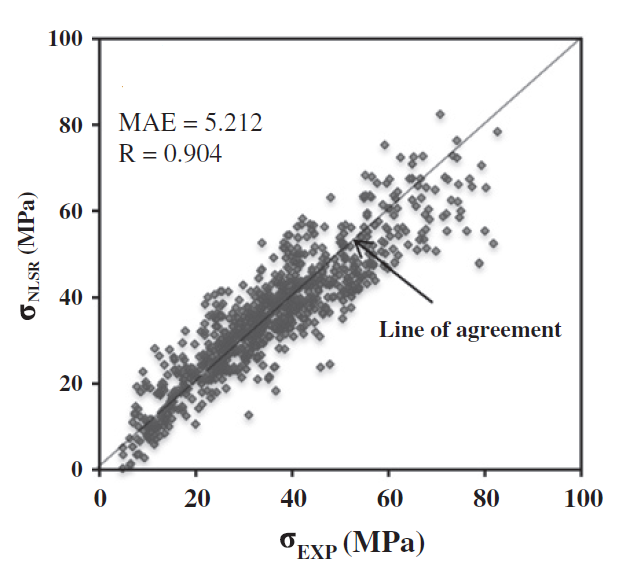
|
HM Mousavi , Pejman Aminian, Amir H. Gandomi Amir H. Alavi, Hamed Bolandi ADES, 2012 In this study, gene expression programming (GEP) is utilized to derive a new model for the prediction of compressive strength of high performance concrete (HPC) mixes. The model is developed using a comprehensive database obtained from the literature. The validity of the proposed model is verified by applying it to estimate the compressive strength of a portion of test results that are not included in the analysis. Linear and nonlinear least squares regression analyses are performed to benchmark the GEP model. Contributions of the parameters affecting the compressive strength are evaluated through a sensitivity analysis. GEP is found to be an effective method for evaluating the compressive strength of HPC mixes. The prediction performance of the optimal GEP model is better than the regression models. |